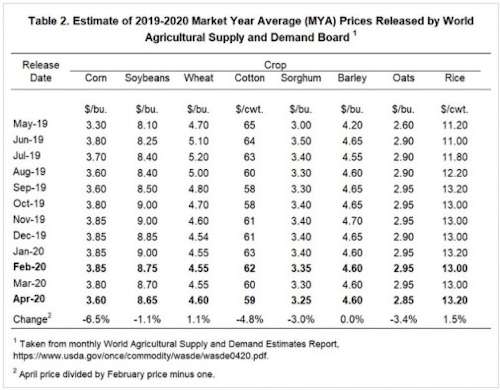By John Tooker
Populations of this pest species, which appears to be uncommon in Pennsylvania, can grow in fields planted annually with small grains.
A perceptive croup scout working recently in Chester County near Parkesburg found some fields of rye being grown for silage that did not look quite right. Portions of these fields had a silvery cast to them, so she looked more closely at the plants, and near the base found small black mites with orange legs (Figure 1). It turns out the mites were winter grain mites (Penthaleus major; Figure 2), a pest that I had not previously encountered in Pennsylvania. I have heard of this pest though and it seems to be most common in Great Plain states where continuous small grain production is common, but it is distributed across the U.S. and can feed on rye, wheat, barley, oats, and some native grasses, among other plants species. As its name suggests, it is active during the cool part of the year. It is also nocturnal and during the day retreats to the base of the plant or soil to hide. When temperatures get too warm, it enters the soil for a summertime hibernation, then becomes active again in fall. The mites cause damage by sucking out the contents of individual cells, leading to the silvering of plants—you can see this silvery discoloration in Figure 2. High levels of damage can be accompanied by brown leaf tips.
Winter grain mite is most often a pest of continuous small grain production, and from the farm in Chester County, it is clear that growing winter rye every year can build populations. It is unclear if the populations that were found were large enough to cause economic damage; unfortunately, economic thresholds have not been developed for this pest species. The farmer was not planning on spraying an insecticide because the populations were not too big and harvest was approaching. To help avoid the pest next year, the grower can consider taking a year off from a small grain and plant alfalfa or sorghum. If populations are high enough that plants appear to be suffering, some pyrethroid insecticides can be effective, but make sure the products are labeled for mites on small grains.

Source : psu.edu